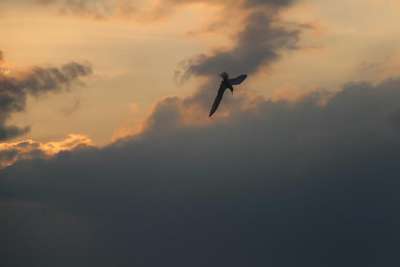I went on vacation this past week down to southern Massachusetts, a place that’s really a different world to a guy from Vermont: the land flat or gently rolling towards the sea; the vegetation squat and disfigured – a sort of coastal krummholz. There were pitch pine barrens that made me think of Emery Gluck’s story in our Summer issue (I took a few candlewood stubs to use as torches). But most of the woods I spent any time in were full of oak trees, with a few black gums and red maples and black cherries if you looked hard. Crackerberries and bayberries and lowbush blues and bracken fern and bittersweet and poison ivy in the understory. You think of these poor-soil sites as barren places but most of the woods were fecund and lush like a jungle – like need-a-machete thick. The wild roses were in bloom – the white ones draped over and cascading from every hedgerow, the dunes bedecked in Rosa rugosa pink. You could taste the air it was so sweet.
I was there with my girl - our first vacation together in three years. We swam in pounding surf – the kind that knocks you around and humbles you – then lay on the beach and worked on getting rid of our farmer’s tans, two bright white Irish-looking fools defying their complexions. At one point a plane flew overhead and we worried that the pilot might mistake our emanation for a signal flare. There were skates and little skeletal crabs and clam shells amidst the faunal flotsam. A seal coursing the shoreline about 75 yards out was watching us watching him.
That night we dusted fresh sole with flakes of sea salt and grilled the pearly meat over open flame. There was French bread and a vinaigrette-splattered slaw made from farmstand vegetables and ice cold beer. Crumbly cheddar with strawberry rhubarb pie for desert. After dinner G put on a pretty dress and we took what was left of the six-pack down to the beach to watch the sun leave. As we walked, we passed grandfather black oaks that may have been killed by oak crypt gall wasps – there are whole stands that have been defoliated all along Route 28. The limb wood of these ghost trees glowing white against the dusk. A mature whitetail buck in velvet – already a six and maybe heading towards eight – regarded us casually through a forest opening.
At the water there was a sky like in a Hudson River School painting. Seabirds – common terns, I guess – were circling, and feinting, and then plunging headlong through golden light into the gunmetal sea. The horizon was yellow and white and peach and all kinds of blue and the further you turned your head the pinker the sky became. As the color drained you could see Venus blazing brilliantly by a D-shaped moon. At dark a skunk ambled onto the beach with his head down, walking purposely toward us. He got to 15 yards before we whistled, and without missing a beat, or changing his stride, he turned and ambled back the way he came.



Discussion *